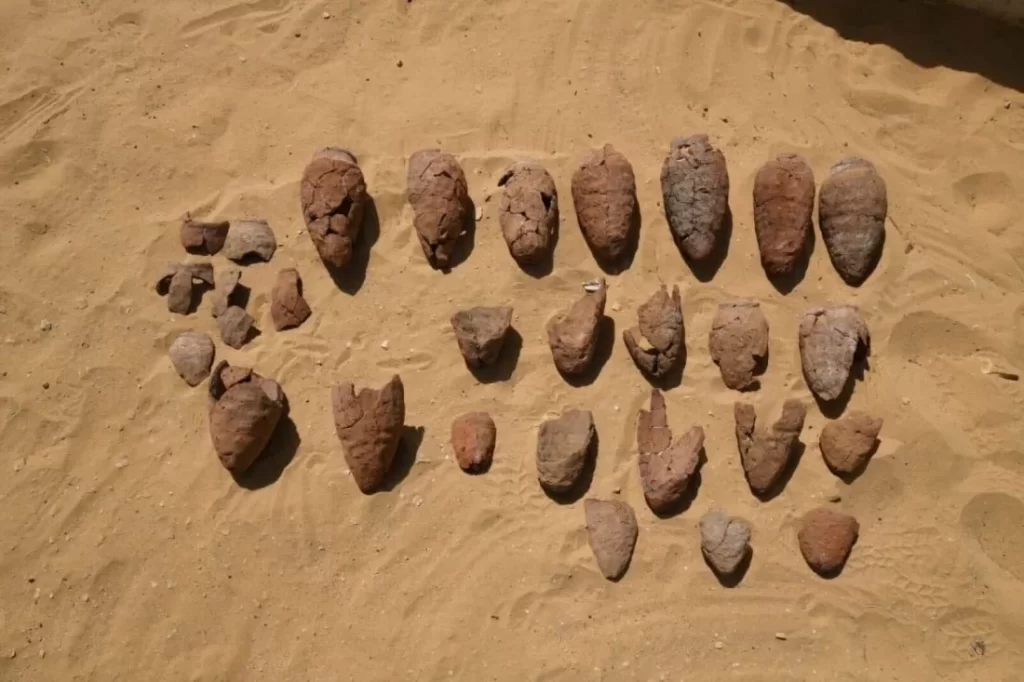Archaeologists have discovered an ancient sun temple that dates back 4,500 years in an Egyptian royal graveyard.
Ra, the god of the sun, kings, and the sky, was the most powerful deity in ancient Egypt, and he was honored with sun temple construction. Only two have ever been found, despite the fact that six are thought to have been constructed. Now, a third has been found by a group of Polish and Italian archaeologists working in the Abusir necropolis, which is close to the renowned Saqqara ancient burial site.
The great pyramids were built by the pharaohs as their final resting place and to enable them to become gods in the hereafter. The sun temples, on the other hand, took the desire to deify one step further and were built with the aim of turning the pharaoh into a god while he was alive.
According to Newsweek’s report, in a statement released from the Egyptian Ministry of Antiquities and Tourism, Dr. Ayman Ashmawy, chairman of the Egyptian Antiquities Sector at the Supreme Council of Antiquities, described how the temple was constructed using mud bricks with a heavy limestone entrance.
The Fifth Dynasty’s four vanished sun temples may be represented by the new discovery, the Egyptian Ministry of Foreign Affairs added in its statement.
The Fifth Dynasty’s four vanished sun temples may be represented by the new discovery, the Egyptian Ministry of Foreign Affairs added in its statement. There was a Fifth Dynasty that lasted from 2465 BC until 2323 BC.



The remains of the discovered building are accessed through an entrance built of limestone, leading to the area between the storehouses in the north and the wide courtyard to the west, where there is a paved floor of mud bricks and containing huge blocks of quartz, some of which have a weighted face and are embedded in the floor below, according to Dr. Mustafa Waziri, secretary-general of Egypt’s Supreme Council of Antiquities.
The researchers also discovered what appear to be pottery vases, beer jars, and other containers used in temple rituals and ceremonies.
Many fragments of clay seals carrying royal names were also discovered. according to Dr. Rosanna Birley, head of the delegation from the University of Naples in Italy, Some are associated with King Shepseskare, the fourth or fifth pharaoh of Ancient Egypt’s Fifth Dynasty. She stated that relatively little is known about him and that the latest discoveries “may transform our knowledge of the history of this king in particular and the Fifth Dynasty in general.”
The chairman of the mission from the Polish Academy of Sciences Warsaw, Dr. Massimiliano Nuzzolo, about subject “Every king wanted a pyramid to ensure his resurrection, but that wasn’t enough for fifth dynasty kings,” said. And confirmed that the expedition will conclude its work shortly and endeavor to reveal more secrets about the newly discovered building.
